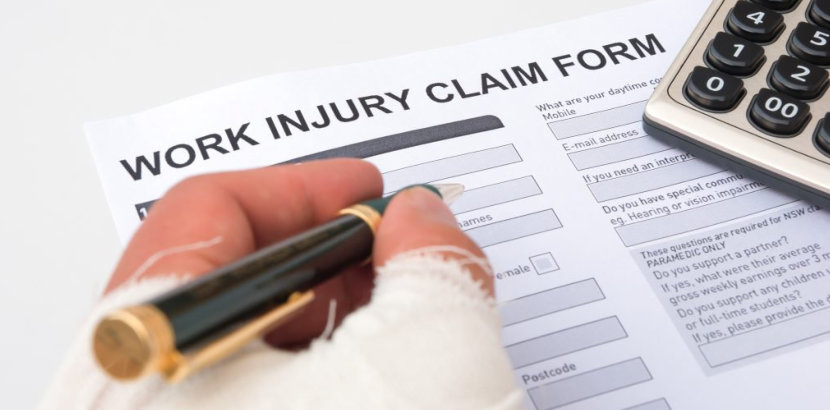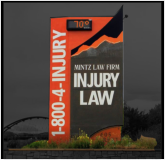Being injured on the job can be absolutely devastating. Both the immediate and long-term effects of having suffered a debilitating injury can significantly impact your financial situation, your physical and mental health, and your overall quality of life. These terrible consequences of on-the-job accidents are the very reasons why worker’s compensation insurance exists.
Unfortunately, while worker’s compensation is available to injured employees, the process of actually winning a worker’s compensation claim can be extremely difficult. Greedy insurance companies don’t want to pay out, and employers are often fearful of their own losses, thus causing them to fight diligently against these claims – even when it means hurting a current employee.
Although winning can be arduous, we’re here to tell you that it’s not impossible. As personal injury law experts, we are passionate about educating the public on how to fight their worker’s compensation cases and ensure that justice is served. Here are four smart tips that you can follow to significantly increase the chances of winning your claim:

File Your Claim Quickly and Accurately
After an on-the-job injury has occurred, it is imperative that you file your injury claim ASAP – but not at the risk of making mistakes or providing inaccurate information. Although the state of Colorado allows claims to be filed within two years of an accident, you’ll be able to make a better case for your claim and are more likely to succeed if you get the ball rolling quickly. Begin by filling out the First Report of Injury (FROI) form, and take the time to make sure that all information is truthful and accurate. If your employer is attempting to discourage you from filing an FROI or suggests that it isn’t necessary to do so, be sure to reach out to a personal injury law expert right away.
Obtain Witness Statements
“He said, she said” cases are very difficult for judges, so it’s important to obtain written statements from witnesses to your accident whenever possible. An employer may try to insinuate that your injuries occurred due to your own carelessness or neglect rather than unsafe work conditions, so these types of statements can be vital to winning a favorable judgment. Make sure to insist on a written statement rather than a verbal one, as memory of facts could change or fade over time.
Seek Medical Treatment
Don’t wait to seek out medical treatment until after your worker’s compensation claim has been finalized or settled. The claims process often takes quite a bit of time, and delaying treatment could result in more severe or permanent injuries and illnesses. What’s more, an employer or insurance company could try to claim that your injuries must not have been very bad if you were able to put off medical care. When seeking treatment, be sure to clearly explain to your physician that the injury took place while you were at work, as this can be helpful for documentation down the road, as well as for sorting out payment. You may even find that your health care provider is more flexible on payment terms when they understand that you were hurt on the job.
Take Time to Understand Medical Authorization Requests
In many cases, a worker’s compensation insurance agency will request that you sign some type of limited medical authorization release. This will enable them to gather any medical records or bills that are related to your injury. This is certainly a reasonable request, but as legal experts, we advise that you carefully read through these requests and ensure that it’s limited to the correct date ranges and appropriate uses.
Don’t go it alone when filing a worker’s compensation claim. The personal injury attorneys at Mintz Law Firm are experts in worker’s compensation cases and can help you fight for justice.















